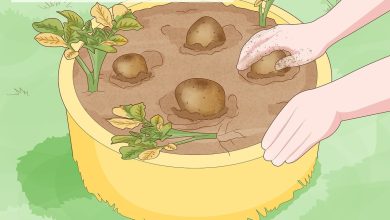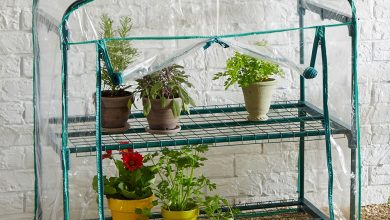How to revive an orchid
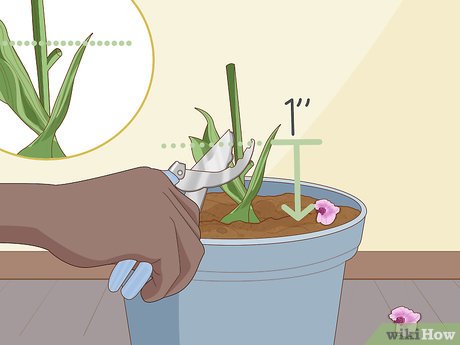
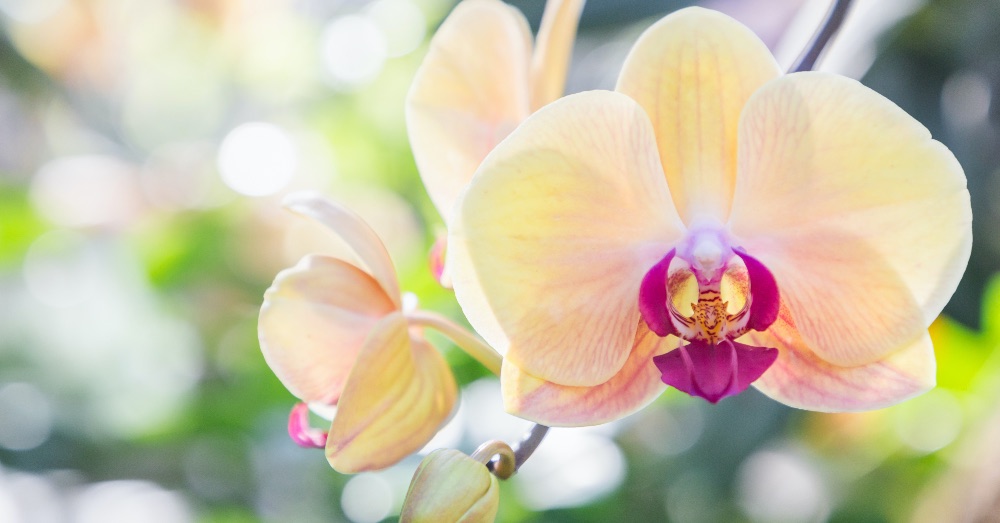
They are one of the most beautiful indoor plants that exist and, also, one of the most popular. And, although they are not complicated to grow, it never hurts to know how to revive an orchid. Although orchid care is not complicated, it is true that they are plants with highly specific demands that, if not met, may need our help to survive. And nothing like knowing how to treat them, depending on what happens to them, to get them ahead.
Before more, let’s break another myth. No: orchids are not delicate or fragile plants. It is enough to take a look at what epiphytic plants are, the type of plants to which orchids belong, to understand that they are true survivors of nature. What does this mean? Well, despite appearances, they withstand certain scenarios such as drought better than they appear. Something that does not mean that they do not resent it.
So let’s find out how to revive an orchid, depending on what happens to it. The best way to continue enjoying your incredible beauty despite the setbacks.
HOW TO REVIVE AN ORCHID: FOUR POSSIBLE SCENARIOS
Knowing how to revive an orchid is just as important as learning a little more about our plant. That we grow them as part of our indoor plants is mainly due to the fact that they are mostly plants of tropical origin. Except for those that are terrestrial in nature, they usually live suspended from trees in environments with a good degree of humidity and a lot of light, which they receive sifted through the foliage of the trees. Growing conditions that differ a lot! of those of the interior of a house, but that we can recreate to give our plant the well-being it needs.
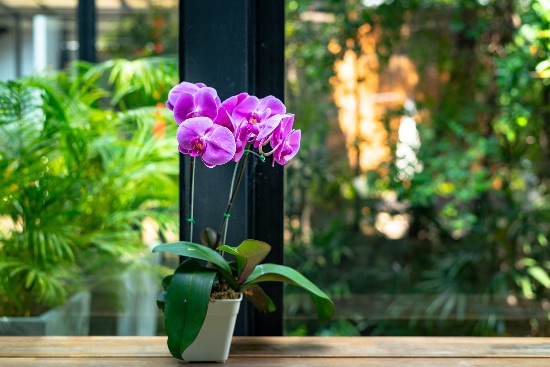
But as always when it comes to caring for plants, although we try our best to give them what they need, setbacks also happen. From being too restrained to avoid excess watering in orchids to overdoing it with water; or even leave our plants alone during the summer at home. Whatever the problem, let’s see in detail how to revive an orchid according to each circumstance.
1. How to revive an orchid with excess water
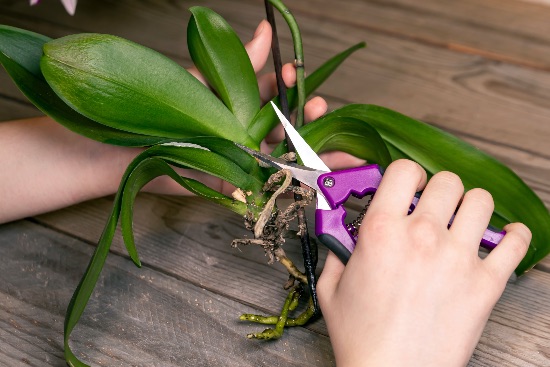
The classic among classics! Although it is something more common among those who are new to the world of orchids, it can happen to all of us. Avoiding it happens by knowing how to water them correctly, and knowing the periods of vegetative rest of our plant if it had them.
Excess water is one of the most common orchid diseases and also one of the most dangerous. But do not panic: an excess of water is dangerous but, if we stop it, it is possible to correct it. It is enough to know what we have to do to correct it.
- Eliminate the rotten areas of the plant, both leaves and flower stems, if any. It is important to carry out this task with a previously disinfected tool
- Check the roots, also cutting off all those with a brown or blackish color. We will leave only those that are green or whitish
- With our plant healthy, it is essential to know how to transplant orchids correctly. The ideal is to use a new pot but, if we are going to reuse the one that already had it, we will have to disinfect it and wash it thoroughly. Fungi, fruit of humidity, are persistent
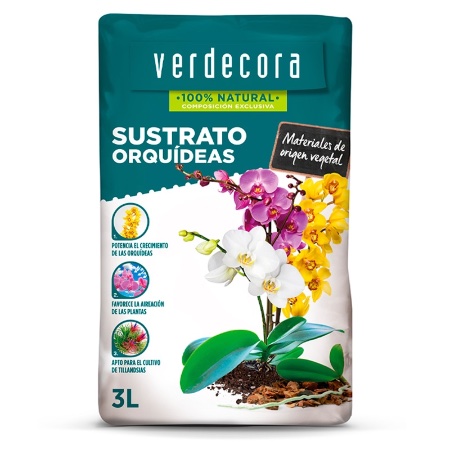
- Be sure to use a new orchid substrate for transplanting. It will not only have the nutrients that the plant needs: it will also guarantee the permeability of the soil to avoid a new excess of water
- Wait a few days to water, until you see that the roots have their characteristic silver color
- Use a foliar fertilizer for a couple of months, applying it mainly to the underside of the leaves.
2. How to recover a dried orchid
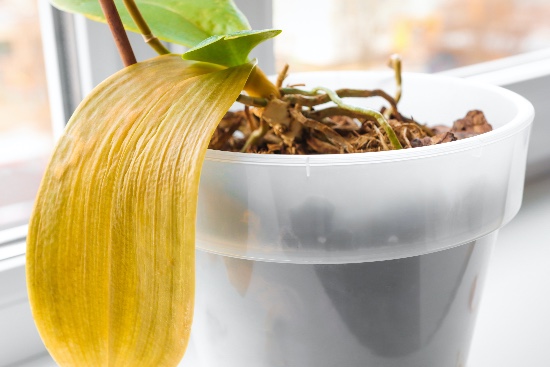
The defect is as bad as the excess! Sometimes and in order not to overdo it, we fall short with the irrigation water. And yes: although the orchid is relatively resistant to drought, it can take its toll.
The lack of water in an orchid is detected in two ways. The most obvious, dry leaves. But let’s not stay on the surface, since it is essential to check its roots: if it has been thirsty, they will have decreased in size and changed color.
- Remove dry leaves and flower stems that are dry as well. If the plant has a bad general appearance and even if our stems have a flower, which is unlikely; we will have to sacrifice them
- Make a long-term immersion irrigation until you see that the roots take on a green hue and regain their usual appearance
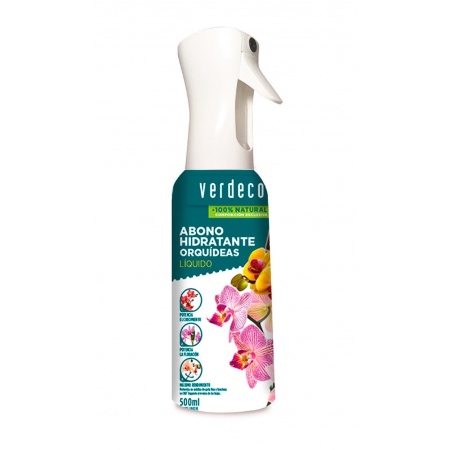
- Let the excess water drain before putting it back in its usual place
- Apply a moisturizing fertilizer for orchids, especially on the underside of the leaves
3. How to save an orchid with dry roots
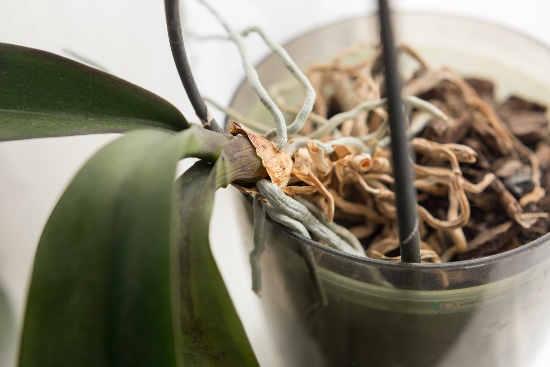
It can occur for various reasons, but it is usually due to extreme drought. In this case, the only way to rescue our plant will be by being forceful with it and pampering it a lot so that it survives!
The solution? Create a small domestic greenhouse that gives our plant the humidity it needs to replenish itself. To do this, you will need a transparent plant larger than your orchid and dehydrated moss.
- Take the orchid out of its pot, and carefully remove all the substrate that is stuck to the roots.
- Remove dry, white or black roots with a previously disinfected tool. They can be a source of infection
- Leave the roots in water to hydrate thoroughly. It is advisable to add a rooting agent in the water
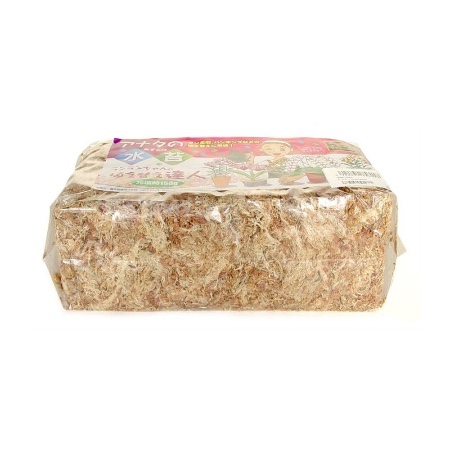
- Soak the dehydrated moss and place it in the bottom of the transparent bag, on one side. Its function will be to maintain a humid atmosphere, but it is essential that it does not come into contact with your plant
- Place the orchid on the opposite side of the moss and also on the bottom. In this way, you will benefit from the humidity that the moss maintains without coming into contact with it.
- Close the bag and place it in a warm and bright space in your home. Important: that it is not exposed to direct sunlight
4. How to recover an orchid with hardly any leaves
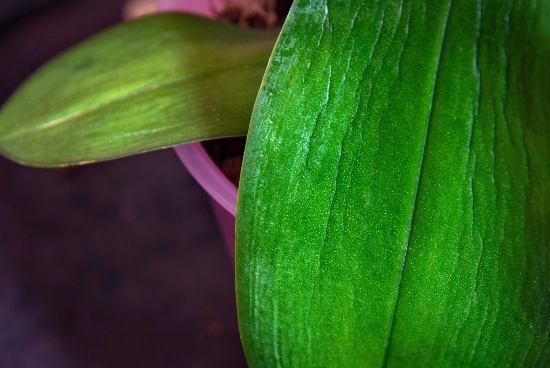
The last of the scenarios in which we can consider how to recover an orchid. If our plant has lost leaves or is even at a minimum, we will have to act quickly.
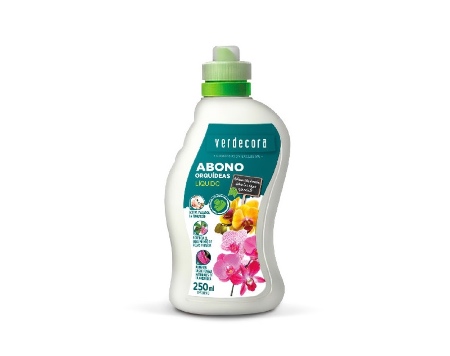
In this case, the steps to follow are simple: it will suffice to remove the mature flower stems, leaving only the youngest ones if they exist; and apply an orchid fertilizer.
And yes: it is worth knowing how to revive an orchid and making an effort to do so. Because only those who love these plants understand the satisfaction of seeing our healthy plant.

